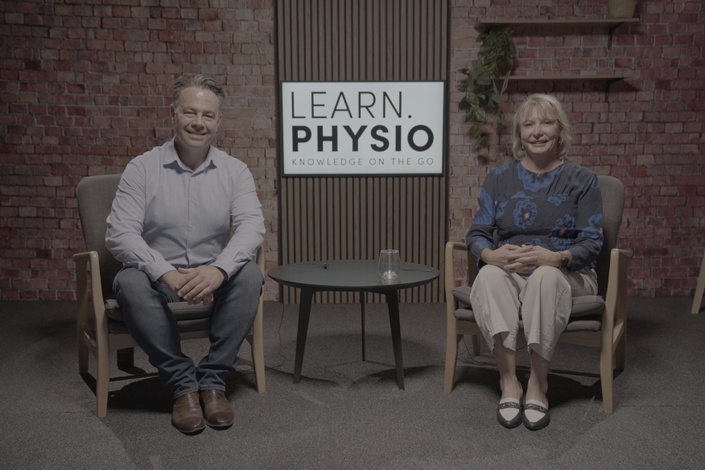Introduction
The Functional Pelvis Masterclass, taught by Dr Trish Wisbey-Roth provides a complete overview of the assessment and management of the pelvis and sacro-iliac joint. This executive summary provides clinically relevant, actionable information that may be useful to health professionals.
Part 1 - Assessment & Differential Diagnosis
Lumbar spine and pelvic assessments prioritise functional movement analysis, neural testing, and sacroiliac joint (SIJ) evaluation. Key tests include the slump, hip flexion, Trendelenburg, and pain provocation tests. SIJ assessment distinguishes between stiffness and laxity, while hip range of motion (ROM) and deep rotators are also evaluated. A graded rehab approach ensures patients can tolerate prescribed exercises without excessive pain.
- Focus on assessing functional movement patterns rather than rigid lumbar spine evaluations.
- Use a cluster of SIJ tests, including pain provocation, compression, and distraction, for accurate diagnosis.
- Evaluate hip mobility thoroughly, assessing both external and internal rotation in supine and prone positions to identify restrictions.
Part 2 - Early Stage Rehab
Early rehabilitation emphasises manageable exercises and routine integration to enhance patient compliance. Strengthening the glutes is essential for SIJ stability while avoiding movements that provoke symptoms. Managing inflammation through comprehensive screening, anti-inflammatory nutrition, proprioceptive taping, and SIJ belts can also be beneficial.
- Remain vigilant for systemic inflammatory conditions or metastasis affecting the SIJ.
- Begin with isometric exercises for SIJ stability, progressing to upright functional movements to minimise symptom flare-ups.
- Educate patients on managing acute pain episodes, incorporating contract-relax stretching and self-mobilisation techniques.
Masterclass Preview
Enjoy this free preview of Trish explaining how she manages inflammation and a taping technique to aid with pain reduction.
Part 3 - Mid-Late Stage Rehab
Mid-to-late stage rehab transitions from big muscle activation (Grades 1-2) to movement-focused training (Grade 3+). A graded approach incorporates weight shifts, toe taps, and fatigue-based drills to reinforce movement patterns. The final stage focuses on full-body overload, incorporating speed, balance, and plyometric training.
- Customise exercises to align with the athlete’s sport-specific demands and performance goals.
- Prioritise function, long-term goals, and collaboration with strength coaches and therapists for a well-rounded rehab plan.


